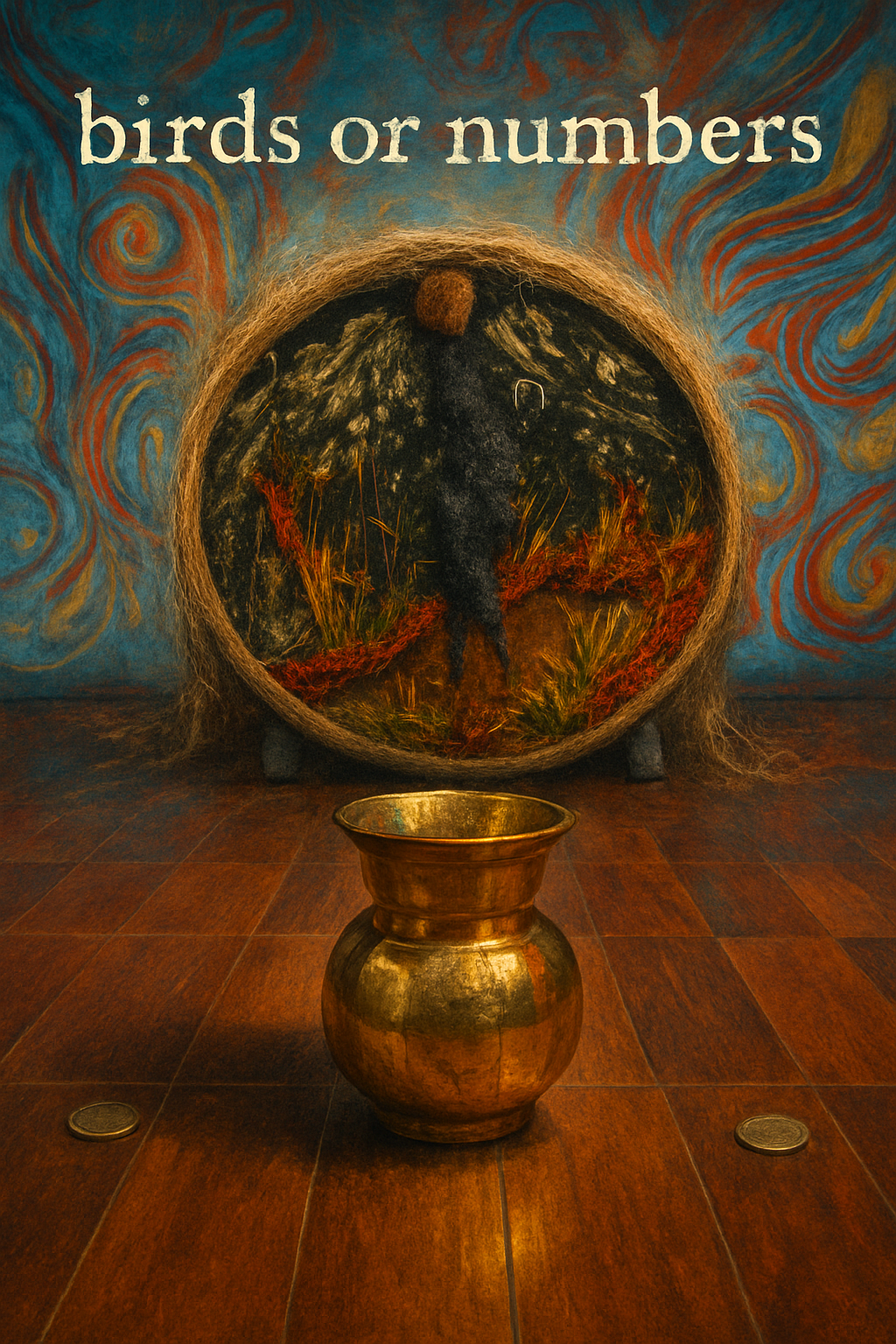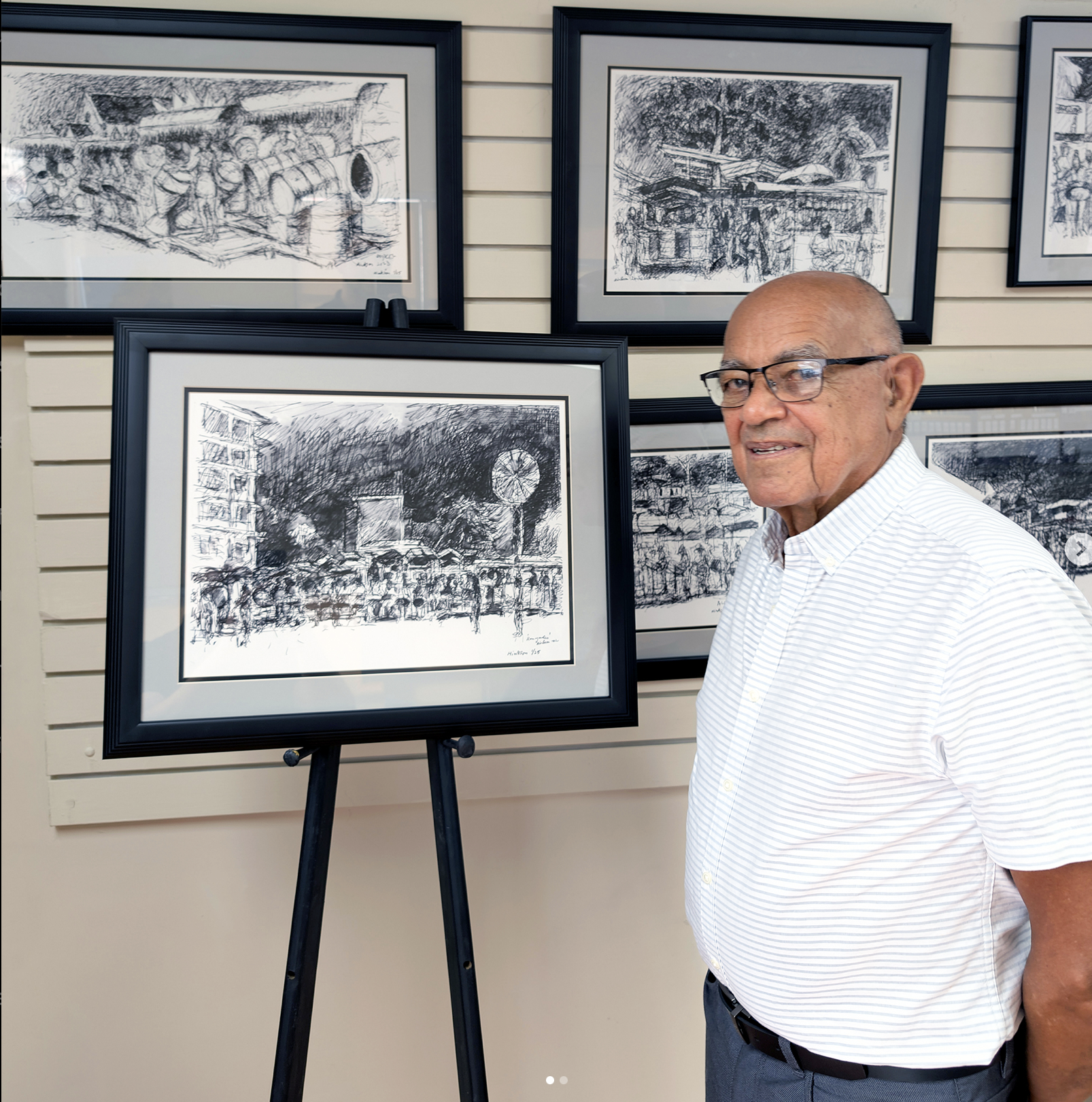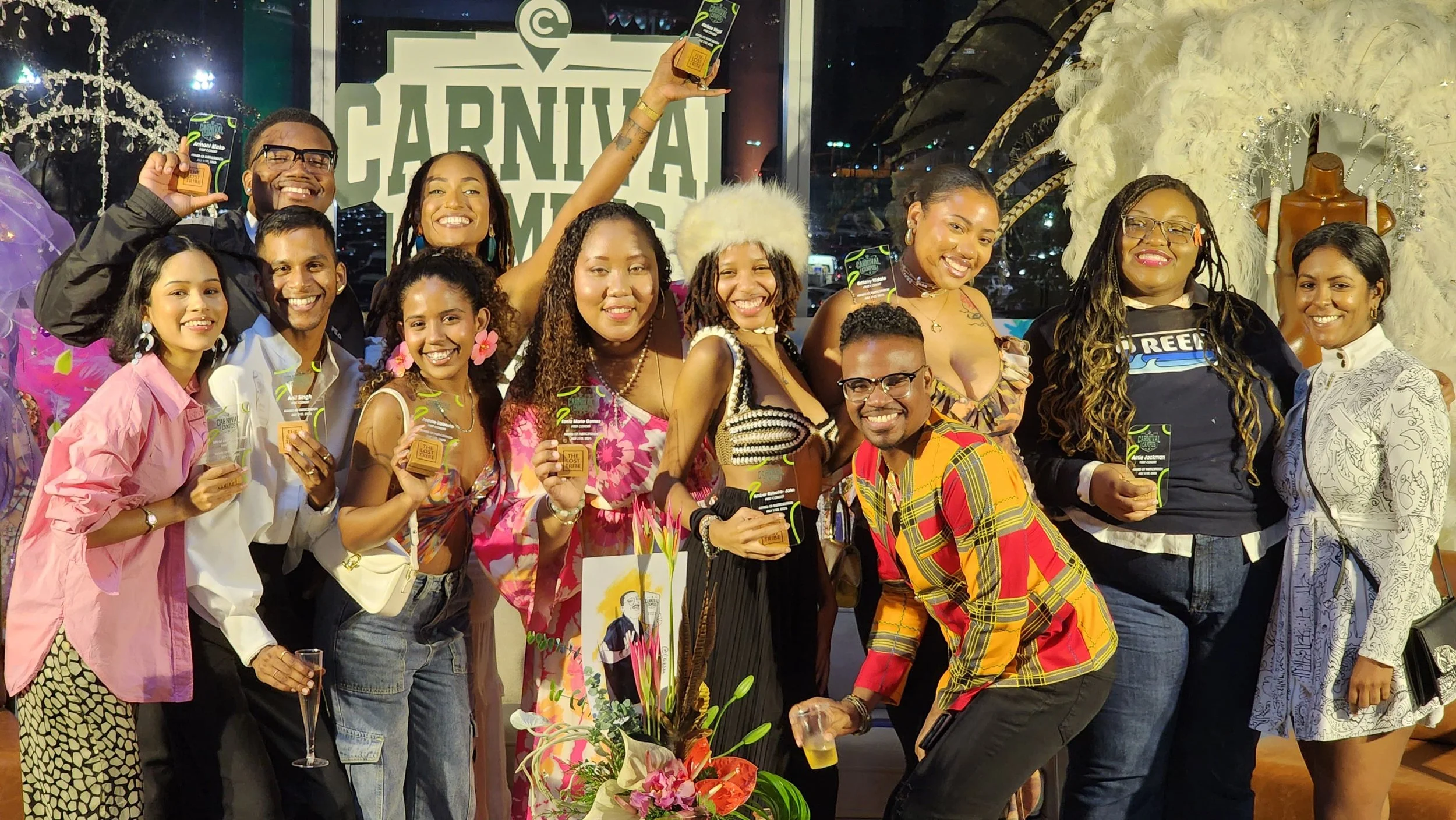
Birds or Numbers
In Trinidad and Tobago, each of our coins bears two distinct sides: one side shows the national Coat of Arms what we commonly call “birds”; while the other side is dominated by the coin’s value, “numbers.”
Birds or Numbers is a blog born out of engaging the tension in the flip of that coin. The seemingly opposing value that exist in the symbols of freedom (birds) and the finite (numbers) that coexist within the two sides of the same coin, I explore the dualities within myself. Shaped by my foundation in science and engineering, and my professional journey through manufacturing it now intersects with my becoming as an artist.Through this lens, I reflect on how our national watchwords (discipline, production, and tolerance) operate differently across fields, and how those differences inform the way I think, work, and live.
This blog is a space to share that becoming. From measurable outputs to meaningful expressions. From manufacturing value to creating it. I use Birds or Numbers to document how these opposing worlds aren’t at war, but in conversation. And how, in embracing both, I’m finding a rhythm that’s wholly my own.

Drawing the Sound: Rhythm in the Age of AI and the Human Hand in Art
Photo by Anthony Hosang of Fine Art Limited Trinidad and Tobago


